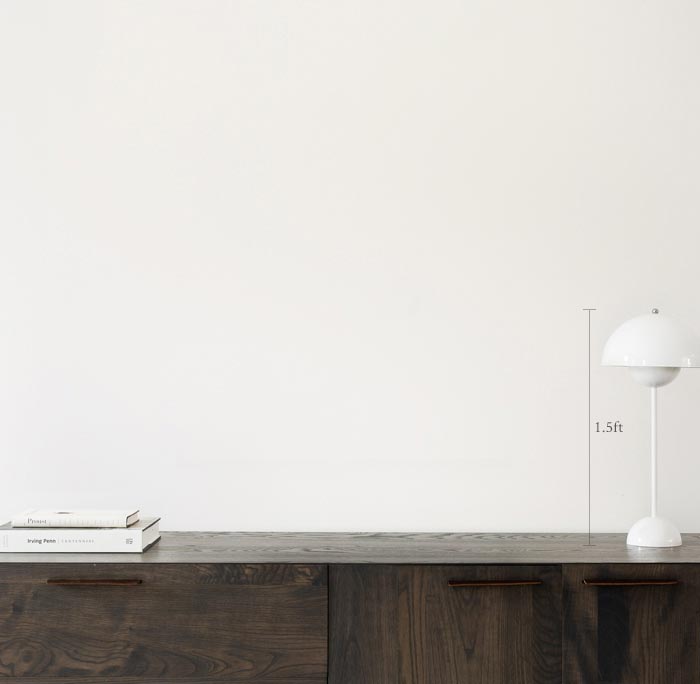Artworks In Your Cart Are Not Reserved.






82 Views
1
View In My Room
Open Edition Prints Available:
Select a Material
Canvas
Select a Size
16 x 16 in ($250)
Select a Canvas Wrap
White Canvas
Add a Frame
White ($150)
$400
82 Views
1
Artist Recognition

Artist featured in a collection
ABOUT THE ARTWORK
The painting is presenting need of modern man to make life more confortable, and also his need to be at heavenly place.
Original Created:
2021
Subjects:
Materials:
Styles:
Mediums:
DETAILS AND DIMENSIONS
Print:
Giclee on Canvas
Size:
16 W x 16 H x 1.25 D in
Size with Frame:
17.75 W x 17.75 H x 1.25 D in
Frame:
White
Canvas Wrap:
White Canvas
Ready to Hang:
Yes
Packaging:
Ships in a Box
SHIPPING AND RETURNS
Delivery Time:
Typically 5-7 business days for domestic shipments, 10-14 business days for international shipments.
Handling:
Ships in a box. Art prints are packaged and shipped by our printing partner.
Ships From:
Printing facility in California.
Have additional questions?
Please visit our help section or contact us.
Georg Redzek
Serbia
Myths in/about modernity Georg Redžek’s paintings are characterized by allegory, reference to the works of Bosch, Brueghel and Dürer, as well as by self-awareness about the problems of the new-millennial digital age. Seemingly incompatible, these three characteristics meet in Redžek’s works thanks to his combination of classical motifs and representative signs of the modern, contemporary age. In the latest series of works created during 2020 and 2021, the classical motifs are a labyrinth, a white rabbit (as a symbol of resurrection, reincarnation and revitalization), Last Supper and pigs in front of which “pearls had been thrown”. Redžek sets these classical motifs in compositions with representatives of modern and contemporary times, such as displays, bar codes, cables, the Coca-Cola logo, in order to re-examine and display the time in which we live. The labyrinth is an allegorical motif that has fascinated people since the ancient days, becoming a symbol of human perseverance, resourcefulness, skills, but also of complete loss and inability to get out of a given situation. It is therefore associated with feelings of anxiety, alienation, separation from others, fear of complete helplessness, but it also becomes a symbol of contemporaneity for which it is not known in which direction it develops (degrades) and how it can end. To these features of the labyrinth, Redžek adds new values, showing that the labyrinth is more than an adequate symbol to represent the global events that have taken place over the past two years. In one painting, the labyrinth is an allegory of a completely desolate city, seemingly mythical or dystopian, but in fact extremely realistic, because the cities were completely empty during recent lockdowns and restrictive measures. Without a single person, the labyrinth loses its meaning – without a man lost in it, the labyrinth in itself represents nothing, which shows that a city without people on the streets is no longer a city. In the second painting, the motif of labyrinth becomes a set of multiplied walls as a still applied system of separation and segregation. By reducing labyrinth to walls, Redžek introduces a novelty in his work in a sense that he does not create reminisce about Bosch, Bruegel or Dürer, but he quotes works of the contemporary artist Banksy, namely his art of resistance, ie the art of graffiti and murals on public walls.
Artist Recognition

Artist featured by Saatchi Art in a collection
Thousands of 5-Star Reviews
We deliver world-class customer service to all of our art buyers.
Satisfaction Guaranteed
Our 14-day satisfaction guarantee allows you to buy with confidence.
Global Selection of Emerging Art
Explore an unparalleled artwork selection by artists from around the world.
Support An Artist With Every Purchase
We pay our artists more on every sale than other galleries.